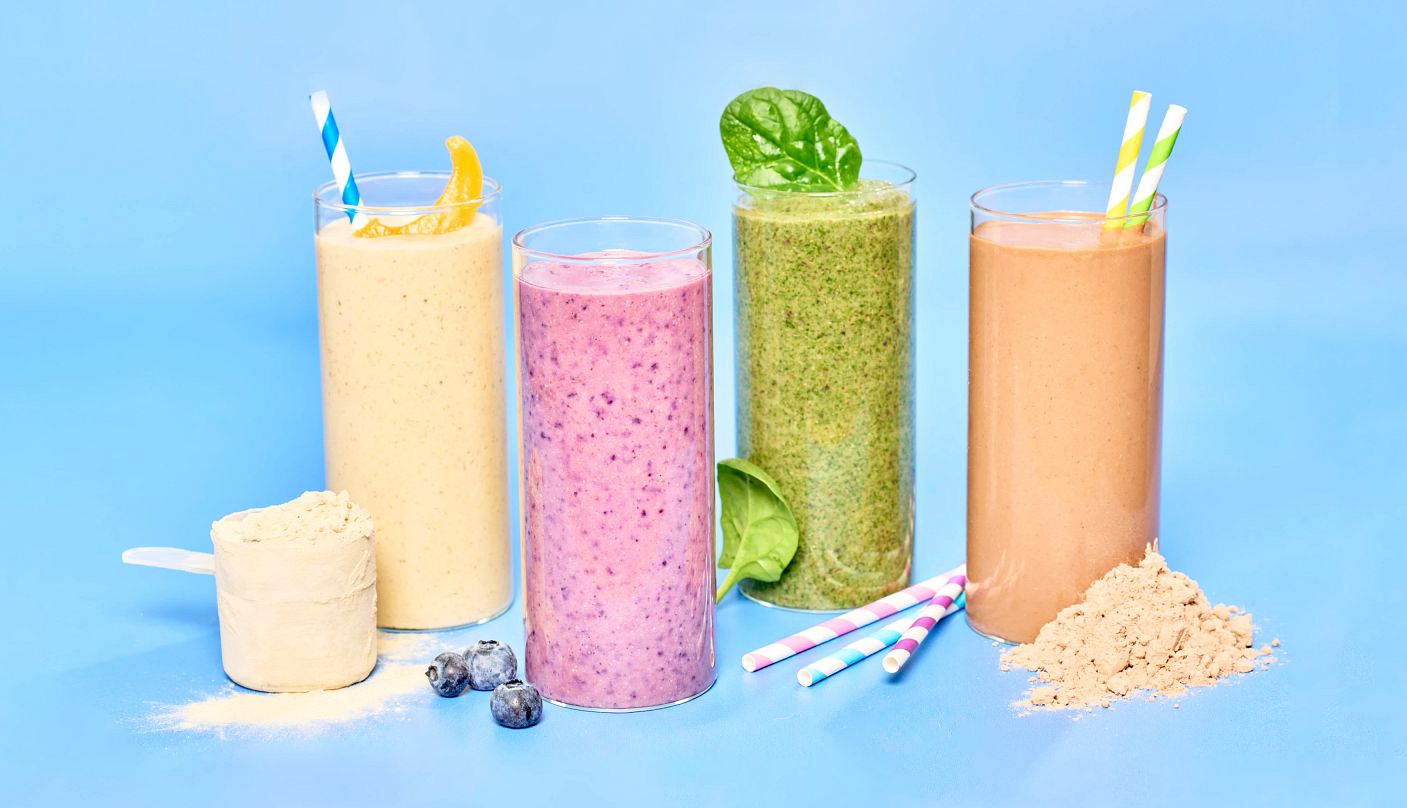AARP Hearing Center


As we hit middle age, we start to have more difficulty turning the protein we eat into muscle. Adults who don’t engage in regular strength training can lose 4 to 6 pounds of muscle per decade, reports Harvard Medical School.
By exercising regularly and boosting your protein intake throughout the day, you can slow, and even reverse, this process, says Kyle Timmerman, associate professor of kinesiology, nutrition and health at Miami University. “Adequate protein intake helps maintain muscle mass and reduces the risk of falls, fractures, frailty and loss of independence in older adults,” he says.
A 2023 study of more than 800 healthy people in their 80s found that among those who are independent and active, “protein intake is associated with a reduced risk of all-cause mortality.”
Most older adults consume 50 to 70 grams per day, says Donald Layman, professor emeritus at the University of Illinois at Urbana-Champaign. That’s not enough. “Target getting at least 90 grams per day, to protect muscle and bone health,” he says. The easiest way: protein supplements.
Why powders are best
Though premade protein drinks and bars are more convenient than powders — you just open and consume — they’re generally ultraprocessed foods, often containing plenty of sugar and other additives.
Some popular brands can have nearly twice as many ingredients when they come as a premade drink instead of as a powder. And bars can have as many grams of sugar as they have protein. A scoop of whey protein powder delivers around 25 grams of protein (depending on the brand) with far fewer additives.
What kind of protein?
The particular powder to look for is whey protein powder, which is derived from milk. One review in the journal Nutrients found that whey appears to be better at stimulating muscle growth in older adults than either plant proteins or casein, another milk-based product.
“Premade liquids are OK options for older people, ” Layman says, “but I would recommend buying whey protein powder and mixing that into milk or yogurts or even oatmeal.”
You can add flavored whey powder to anything from pancake mix to cookie dough; unflavored whey powder can boost soups, mashed potatoes or scrambled eggs.
Find the right whey
There are two main types of whey: concentrate and isolate. Whey isolate has been stripped of the milk’s lactose and fat, so it’s up to 95 percent pure protein. It’s best for those looking for more protein without more calories, says Gabrielle Lyon, founder of the Institute for Muscle-Centric Medicine and author of Forever Strong. Because the natural sugars have been taken out, it’s the best option for those who are lactose intolerant.



































































More From AARP
Got a Minute? 5 Easy Exercises to Try Now
Get the benefits of exercising without leaving your home
7 Foods That Don’t Deserve Their Bad Reputations
Science and guidelines have changed, so your choices can too
Should You Get More Protein?
Why the answer is probably yes — and smarter ways to get it
Recommended for You